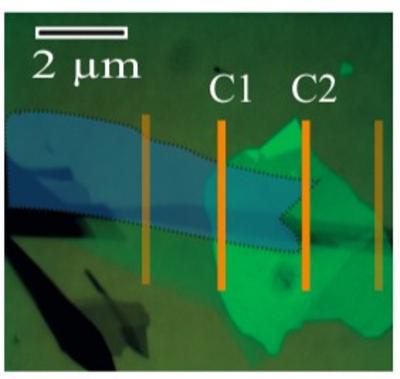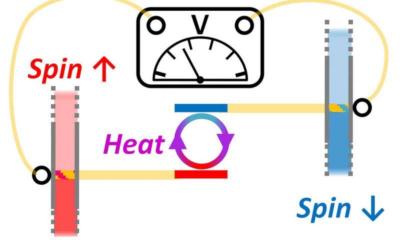Researchers take a step towards controlling electron spin at room temperature
Scientists have long since been trying to use electric fields to control spin at room temperature but achieving effective control has thus far been elusive. In a recent research work, a team from Rensselaer Polytechnic Institute and the University of California at Santa Cruz took a step forward in addressing the issue.
An electron has a spin degree of freedom, meaning that it not only holds a charge but also acts like a little magnet. In spintronics, a key task is to use an electric field to control electron spin and rotate the north pole of the magnet in any given direction. The spintronic field effect transistor harnesses the so-called Rashba or Dresselhaus spin-orbit coupling effect, which suggests that one can control electron spin by electric field. Although the method holds promise for efficient and high-speed computing, certain challenges must be overcome before the technology reaches its true, miniature but powerful, and eco-friendly, potential.


